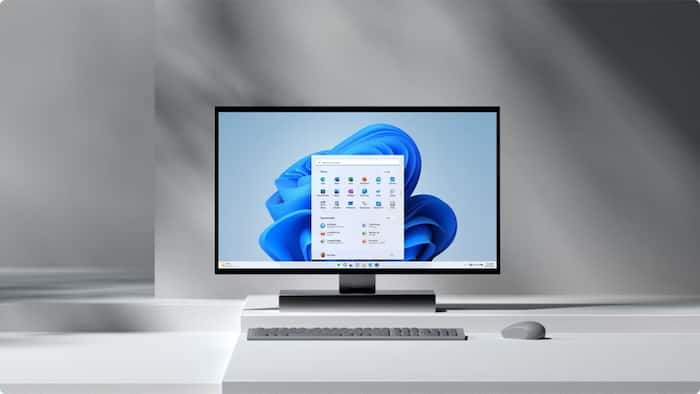
Written By Shubham Verma
Edited By: Shubham Verma | Published By: Shubham Verma | Published: Jul 22, 2024, 01:29 PM (IST)

The global outage on Friday, caused by CrowdStrike’s faulty bug, impacted 8.5 million Windows devices. While most of them were recovered from the Blue Screen of Death (BSOD), others required additional support, including CrowdStrike’s software and Microsoft’s new recovery tool. In rare cases, a few Windows devices could not be recovered, leaving reinstallation as the only resort. Reinstalling Windows 11 on your PC can be a daunting task for many users. However, with the right guidance and step-by-step instructions, the process can be relatively straightforward. Also Read: 7 Battery-Saving Hacks For Your Laptop
In this article, we will explore why reinstalling Windows 11 may be necessary, the steps involved in the reinstallation process, and some tips to ensure a successful outcome. Also Read: Windows 10 And Windows 11 Hit By High-Severity Security Flaw: CERT-In Issues Warning
You may need to reinstall Windows 11 on your PC for several reasons. Common issues such as system crashes, software conflicts, malware infections, or performance degradation may necessitate a fresh installation of the operating system. By reinstalling Windows 11, you can resolve these issues and restore your PC to optimal performance.
Step 1: Backup Your Data
Before reinstalling Windows 11, it is crucial to back up all your important data to prevent any loss during the process. You can use external storage devices or cloud services to store your files securely.
Step 2: Create a Windows 11 Installation Media
To reinstall Windows 11, you need to create a bootable installation media. You can use a USB drive or a DVD to create the installation media using the Windows Media Creation Tool.
Step 3: Boot from the Installation Media
Insert the Windows 11 installation media into your PC and restart it. Access the BIOS settings to set the boot priority to the installation media. Save the changes and restart your PC to boot from the installation media.
Step 4: Install Windows 11
Follow the on-screen instructions to install Windows 11 on your PC. You can choose to perform a clean installation or keep your files and apps, depending on your preference. Select the correct options to customize the installation according to your needs.
Step 5: Complete the Setup
Once the installation process is complete, follow the setup wizard to configure your preferences, such as language, region, and user account settings. You can also connect to a network and install necessary drivers and updates to ensure smooth operation.
– Ensure that you have a valid Windows 11 product key for activation.
– Download the latest drivers and updates for your hardware components.
– Create a system restore point after reinstalling Windows 11 for future reference.
– Install reliable antivirus software to protect your PC from malware and security threats.
Reinstalling Windows 11 on your PC can help resolve various issues and improve system performance. By following the steps outlined in this article and implementing the tips provided, you can reinstall Windows 11 successfully. Remember to back up your data, create an installation media, and follow the setup instructions carefully to ensure a smooth reinstallation process.